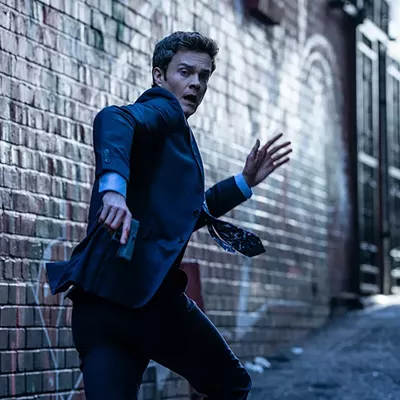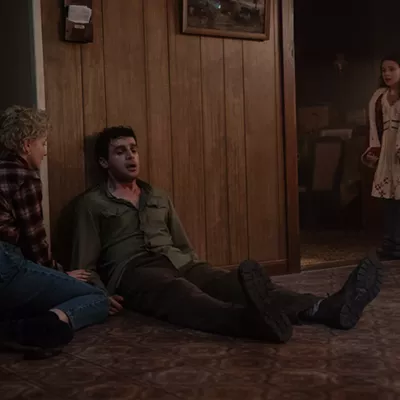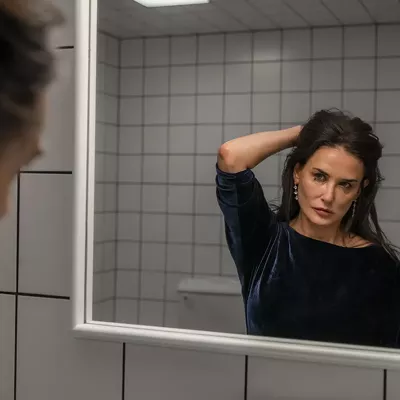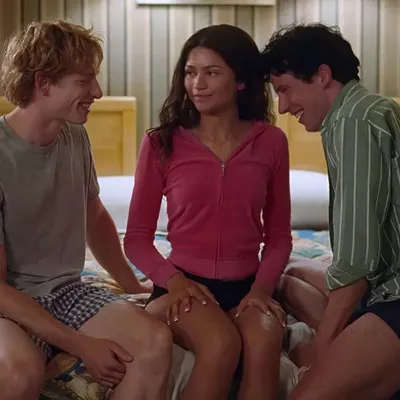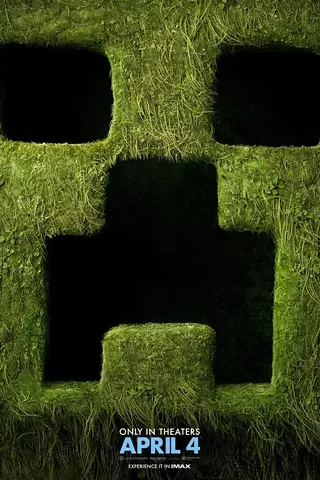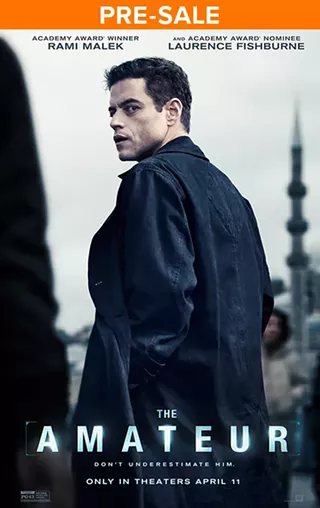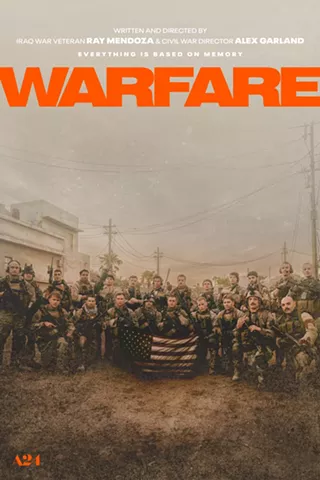How many young adult fantasy novel adaptations have to die before they stop? Harry Potter, Twilight and The Hunger Games have been massive. But up on blocks in the front lawns of studio heads are the rusting remains of Narnia, The Golden Compass, Beautiful Creatures, Eragon, Lemony Snicket, Inkheart, The Host and as of this month, Percy Jackson.
The Mortal Instruments: City of Bones is at least as bad as the worst of those. And also, based on anemic opening weekend numbers, the already-announced sequel will have its work cut out for it. A microcosm of the problems here: The city of bones that features so prominently in the title? It's in roughly three minutes of the movie, about 25 minutes in, and never even gets mentioned again.
What's this all about? The same things most of these stories are about—star-crossed lovers from different tribes. One's "normal" and one's possessed of something or other. Clary (Lily Collins) finds out the hard way that she can see what others can't, namely demons and their sworn enemies, the Shadowhunters. On the dance floor of some goth club in New York, she sees a dude flat-out stabbed to death. But it's OK: He was a demon, we learn, and the Shadowhunter is hunky Robert Pattinson.
Actually, the British actor's name is Jamie Campbell Bower, and he rattles off some lethal sarcasm, but otherwise he's playing a part written for the Twilight guy. (Bower was, in fact, in Twilight.) Somehow or other, this Shadowhunter's name is Jace, which sounds surprisingly modern and suburban for a guy in his middle centuries. He also plays classical piano, because of course he does.
Clary discovers her mother (Lena Headey, used primarily here as bait) is a Shadowhunter, too, and now she's gone missing. And if you know anything about movie genetics, you know Clary must be touched by the same juju. And, as it happens, she has been protected by her mother from this life all along. Shadow hunting isn't something you can stumble onto: Demons are more or less invisible to the layman, fighting their battles in those spaces in between.
The good guys are also invisible ... but can be seen when they want to be. We'll call that a lazy convenience of the story. There are a lot of those; it would make a hell of a drinking game, which in turn, would make The Mortal Instruments tolerable. The Shadowhunters live in an invisible castle outside Manhattan called the Institute, which is more or less a lower-rent Hogwarts.
A tornado of bad plot devices and reluctant werewolves swirls around Clary. This war between demons and Shadowhunters has been going on for four centuries, and at the center of this tension is a goblet presumed to flow with the blood of blah blah blah. He who drinks from the goblet rules the world and all that.
The Mortal Instruments takes place in a universe that changes its rules as it goes. When it's desirable for someone to escape death through digital effects, that's something they can suddenly summon with no prior preparation or even knowledge of the wondrous spell they just cast. When we finally meet the werewolves—who at least in this film adaptation exist just 'cuz—they can't even turn into werewolves. "Oh, you're going to the Institute," they say before a big fight. "Well, we have a pact with the Shadowhunters, so ... we can't reveal our lycan selves in the Institute. We'll just have to go as, you know, these auto mechanics." And that's exactly what happens.
There is also a critical moment where The Mortal Instruments totally and fiendishly steals a crucial story arc from Star Wars. If you're not hip to that universe, either, just listen for the audible groans from the crowd (provided there is one). Even worse is that the twist doesn't need to be there for any of the characters involved; it's just something to create conflict. Well, Jesus, you've got demons running around New York City and our savior is a teenage girl—how much more conflict do we need?
More, apparently: Clary is falling for the Shadowhunter and her longtime platonic friend Simon (Robert Sheehan) couldn't be more in love with her. Love triangle No. 1. Clary is falling for Jace but another Shadowhunter may have feelings for him. Love triangle No. 2. And all of that would be OK if there was any connection between the movie's chosen lovers. But there isn't, other than what's written on the page. They're not even as compelling as Edward and Bella.
Unfortunately, that's really what needs to work here because, honestly, these hocus-pocus teenager movies are a dime a dozen. And regardless of the romance, this is bad hocus-pocus. So with a limping love story leading the way, The Mortal Instruments goes nowhere fast.

